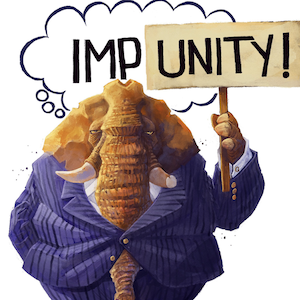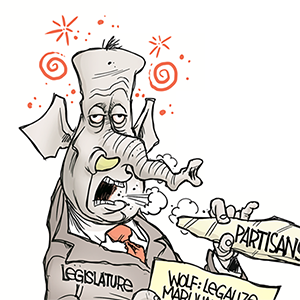Commentary: How Starbucks became my coffee shop of last resort
Published in Op Eds
I’ve always had an ambivalent relationship with Starbucks. But especially post-pandemic, the java juggernaut has become my coffee shop of last resort. And I’m not alone — U.S. sales in the latest quarter were down 6% compared with a year earlier.
The company’s new chief executive recently sketched out a rescue plan that includes eliminating upcharges for nondairy milk, simplifying menu options to speed up orders and a return to writing customers’ names on cups. But it’s going to take a whole lot more than markers to win back customers like me, who see the stores where we get our lattes as “third places” — locations such as libraries and, yes, coffee shops, where we form connections with others in our communities.
Starbucks’ stores used to fill this need. I wrote parts of my upcoming book in three of them and thanked them in the acknowledgments. But many things have changed in the years since.
Let’s start with the overworked staff — witnessing the tireless employees valiantly plow through countless orders with robot-like efficiency doesn’t give a cozy vibe. I don’t expect to be best friends with my barista, but if the chain hired more workers and quit union busting, workers might be less harried and I’d be more inclined to spend there. I want my coffee dollars to contribute to the company’s staff. Right now it seems like I’m just lining the pockets of wealthy executives and shareholders.
These days when I purchase a cup of coffee, what I’m really buying is access to a place — one where I can work, pause, people-watch, read a book or simply zone out. My cup’s contents are often beside the point: When contemplating its purchase, I’m really wondering how consuming it in this place will make me feel.
In his discussion of how we transform space into special places, sociologist Thomas Gieryn emphasizes that place is “doubly constructed” in the minds of people who imbue its physicality with meaning. That meaning is how a spare retail space with a few tables and chairs gets elevated to a “home away from home.” The pandemic raised both my expectations and my needs, and I make every effort to spend my money at these meaningful places. As a professor, I enjoy the solitude and autonomy that comes with my job, but even I get sick of myself, and walking to my favorite local coffee shops helps ward off the creep of afternoon depression.
Starbucks’ profit-maximizing strategies abandoned customers like me long ago. A wave of store closures in the Bay Area, where I live, dislodged any remaining shred of brand loyalty. Many that remained removed significant portions of their seating or eliminated it altogether. And at the locations that do have it, good luck getting a chair or a coveted bathroom code before making your purchase.
So why go there when there’s the Bean Bag Cafe on Divisadero Street, where I often see the evening counter person hug regular customers? There’s no time for hugs at Starbucks, which doesn’t have a store anywhere close to my home in East Oakland. Thankfully, small businesses like Cafe Cordoba fill this community need, serving as an oasis in this former café desert. Immaculately clean and lovingly decorated, this quaint coffee shop serves a diverse clientele that includes older adults, families with children, club members from the local Hell’s Angels chapter and Oakland police officers. When sipping their cinnamon-infused café de olla from a hand-painted mug, it’s easy to wonder: Who needs Starbucks anyway?
But in these times of increasing loneliness, distrust and political polarization, we desperately need places for neighboring. I could offer a slate of ideas to help Starbucks strengthen local connections. But my greater concern is supporting those small businesses that contribute to our social infrastructure without a corporation’s financial backing. One important step is to expand retail tax credits and increase grants to small businesses, especially those that resurrect formerly vacant storefronts, planting the seeds for neighborhood revival.
I’m not worried about Starbucks’ future. The chain’s clearly not worried about me. But we can take some lessons from its corporate identity crisis to think about the public-private partnerships we want to nurture independently and collectively with our local businesses, big and small, so that we all feel welcomed with a seat at the table.
____
Stacy Torres, author of the forthcoming “At Home in the City: Growing Old in Urban America,” is an assistant professor of sociology at UC San Francisco.
_____
©2024 Los Angeles Times. Visit at latimes.com. Distributed by Tribune Content Agency, LLC.




























































Comments